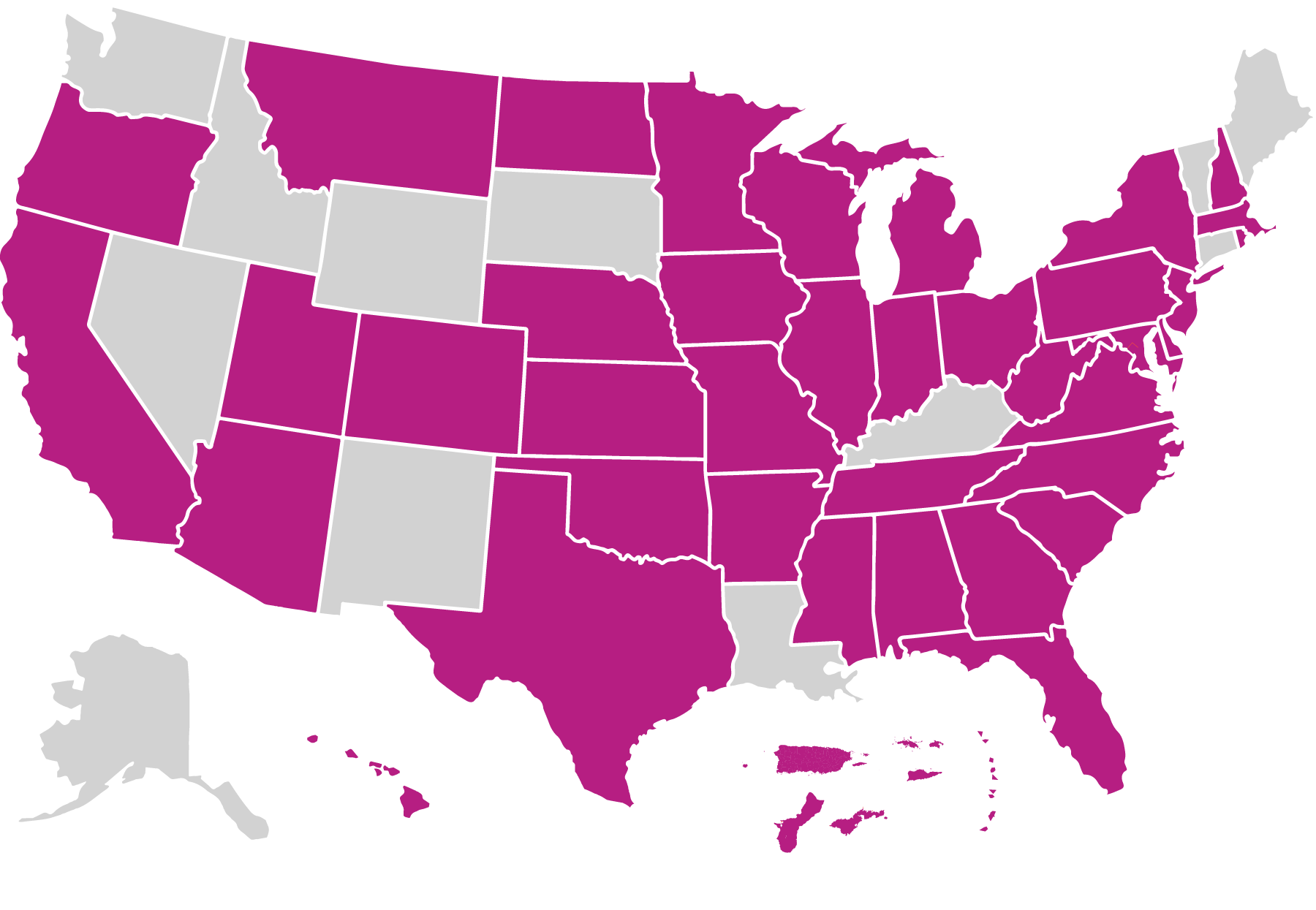Healthy Families America
HFA seeks to build and sustain community partnerships to systematically engage overburdened families in home visiting services prenatally or at birth. Additionally, the model aims to cultivate and strengthen nurturing parent-child relationships, promote healthy childhood growth and development, and enhance family functioning by reducing risk and building protective factors. See www.healthyfamiliesamerica.org for details.
What is the model’s approach to providing home visiting services?
Home visits take place based on a family’s level of need. All families are offered weekly home visits for at least 6 months after the birth of the child. Family progress criteria
are then used to determine a family’s readiness to move to less frequent visits, starting with every other week, then monthly, and finally, quarterly. Services are provided for a duration of 3 to 5 years. HFA recommends families initiate services prenatally, if possible, but allows for families to enroll after the child is born. Programs are required to enroll at least 80 percent of families by the time the child is 3 months old.
Local programs define target populations based on community needs data. All families receive an initial risk assessment to tailor services to meet their specific needs.
Who is implementing the model?
Home Visitors
HFA was implemented by 3,340.1 full-time equivalent (FTE) home visitors in 2018. The model requires a high school diploma or bachelor’s degree for home visitors depending on state or agency needs. The maximum caseload requirement for home visitors is 25 families.
Supervisors
HFA was implemented by 636.8 FTE supervisors in 2018. HFA requires a master’s degree or bachelor’s degree plus 3 years of experience for supervisors.
Where is the model implemented?
HFA operated in 574 local agencies across 38 states and the District of Columbia, American Samoa, Guam, the Northern Mariana Islands, Puerto Rico, and the Virgin Islands in 2018. HFA also operated outside the United States and its territories in Israel in 2018.

Families Served Through Evidence-Based Home Visiting in 2018
Race
1% American Indian/Alaska Native
2% Asian
28% Black
1% Native Hawaiian/Pacific Islander
57% White
6% Multiple
5% Other
Ethnicity
30% Hispanic or Latino
70% Not Hispanic or Latino
Caregiver education
36% No HS diploma
64% HS diploma or higher
Child age
44% < 1 year
41% 1-2 years
15% 3-6 years
Child insurance status
83% Public
8% Private
9% None
Caregiver age
31% ≤ 21 years
43% 22-29 years
26% 30-44 years
<1% ≥ 45 years
Primary language
77% English
17% Spanish
5% Other
